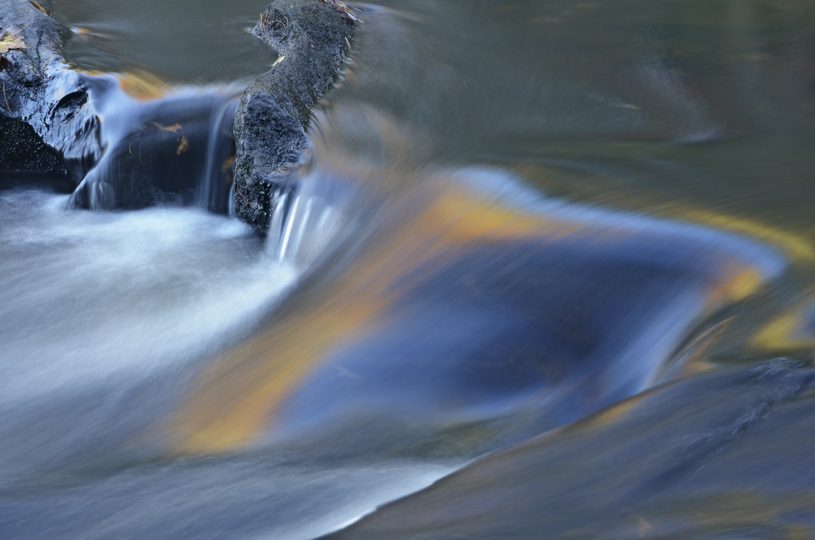First of all, happy spring! Woo hoo, it’s officially arrived. Secondly, congratulations to Murray, who is our quarterly prize winner for the puzzler challenge. Murray will soon be receiving a sampler pack of my Beauty is Everywhere greeting cards. If you want to win, all you need to do is be a blog subscriber and answer at least one puzzler correctly before the next drawing–on the first day of summer. You have lots of chances!
Do you know that this is the first puzzler in 191 puzzlers that is a repeat of one I’d done another time? When I first began the puzzlers I wondered if I would be able to keep thinking of new ones, but now that I’m in it for so long, I realize puzzler subjects really are endless! There is so much to know and learn and discover about the world outside of our doors. Think about all of the categories–birds, mammals, insects, spiders, fish, reptiles, amphibians, other invertebrates, then, add in all of the plants, the wildflowers, fungus, trees… it is easy to keep finding new things to feature.
This one was a repeat because I was so amazed and thrilled to find SO MANY of these gray masses in one place! I felt that even though I’d done it before, I had to do it again! So what are they?
Here’s a video to answer that question!
Owls cannot digest the sharp bones and fur. Owls do not have a crop like other birds, instead, the prey goes straight to the gizzard where the bones and fur are formed into a compact ball and then, some hours later, a moist, dark, pellet is expelled out of its mouth. The pellet will dry out and gradually turn more gray in color, and then, eventually decompose, aided by insects and other tiny invertebrates. By finding all of these pellets here, I know that an owl has been active in the area. As I said in the video, I do not know what owl made these pellets, only that is was from one of our larger owls given the size of the pellets–that means it could be a barn owl, great horned owl or barred owl.
Did you know that owl’s ears are not straight across from each other? Or did you know that owls cannot move their eyes so must move their entire heads instead? Do you know what’s special about owl feathers or how they find their prey in pitch darkness? You might want to check out these posts I wrote, What I learned about Barred Owls and another, also about barred owls called Who Cooks For You? Ten Things You May Not Know about Barred Owls.
Check out this video of a barn owl regurgitating a pellet!
I hope you enjoyed this weekly puzzler video answer. I will be doing more videos in the future. Please use the comment box below to let me know if you like or dislike this idea! I’d love to get input from you. Do you enjoy the video puzzlers? Do you want to see more? What subjects do you have the most interest in learning about? Is there some natural mystery you’ve been dying to solve–if so, I’d love to hear from you so I can share it with my readers!
Ready for the next weekly puzzler? Are you a good detective? It’s an entire skeleton. Can you identify it?
Have a great weekend! I will see you again soon.

